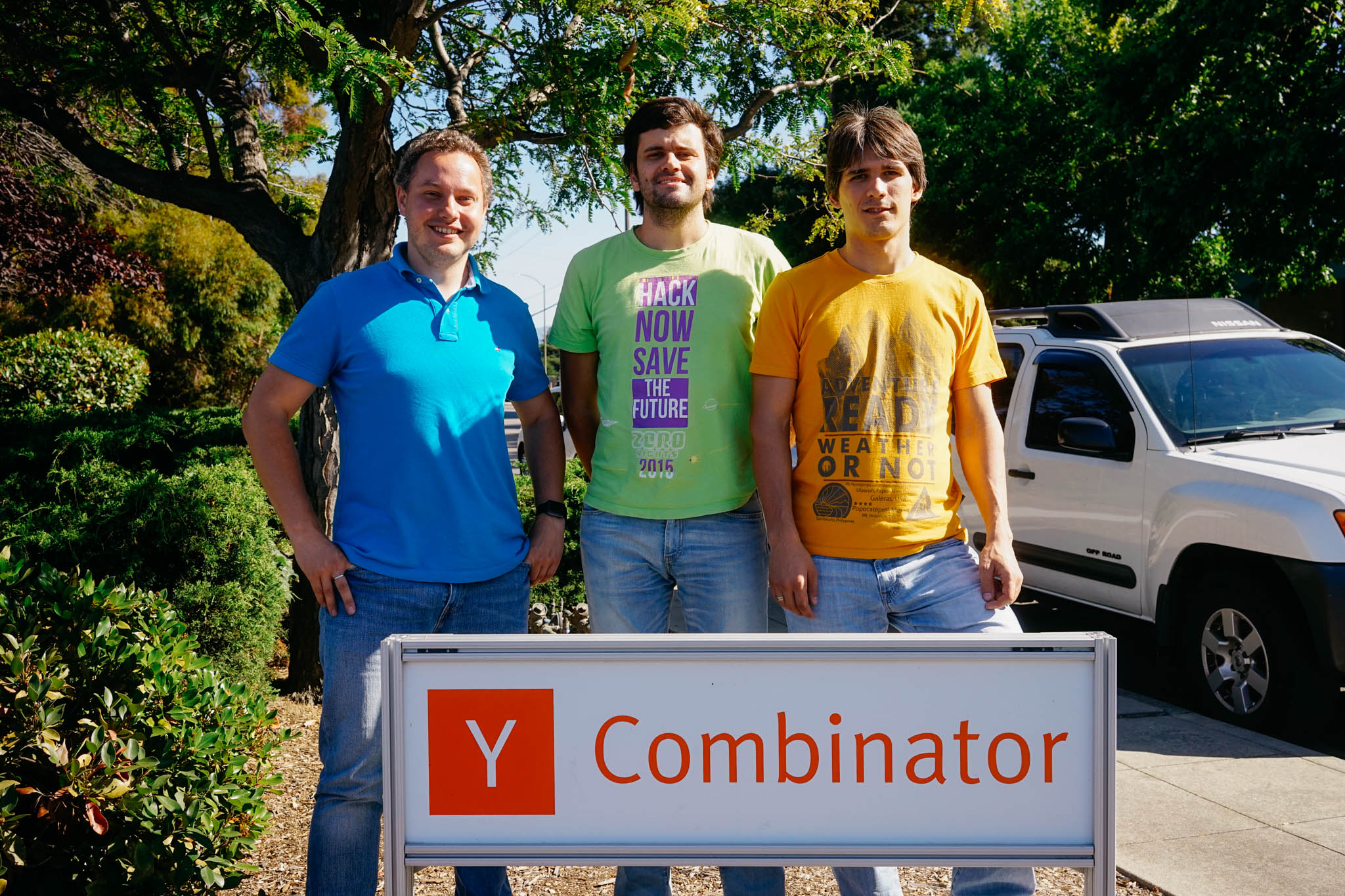
Cyber attacks have become dismayingly common as companies run faster by deploying code every day without security audits. More than 117 million emails and passwords were leaked during the LinkedIn hack and the Ashley Madison hack exposed 37 million accounts. The list continues to grow despite the numerous security solutions on the market.
Wallarm introduces a unique approach to protect web applications and APIs against data breaches. It uses machine learning to analyze the normal user behavior of the web application, block abnormal user requests, and see if these requests expose vulnerabilities. It is already used by more than 70 enterprises such as payment systems, search engines, e-commerce in Europe.
By creating a profile of what legitimate behavior looks like, Wallarm can easily distinguish between regular user activity and malicious attacks from hackers. These security rules are determined by how user behaves and changes with each new deployment for each web application.
When Wallarm detects behavior that falls outside of a normal user profile, it will automatically block the user. Typical security products only alert security teams of these malicious behaviors but are unable to determine which ones to prioritize. Wallarm is able to pinpoint these attacks by blocking the user and then testing it against the web application to see if a critical vulnerability exists. If it does, Wallarm alerts the security team immediately, helping them prioritize which security issues to focus on. This makes all the difference for large companies facing thousands of attacks a day.

“What we’ve done is taken malicious hacker activity and turned it into a method for finding security bugs for companies,” says Ivan Novikov, co-founder of Wallarm. “When attackers discover a new vulnerability in a web application, customer is the first one to know about it. This helps companies move faster without having to worry about staying secure as they deploy their code.”
With the proliferation of cyber attacks, businesses are spending more to ensure they have the best security software. As a result, the global cybersecurity market is expected to reach $120 billion by 2020. Companies like Facebook are now paying up to $15,000 for each critical security flaw reported through their bug bounty program. Wallarm allows to companies to reveal critical vulnerabilities in an automated and safer way.
“In addition to having a great team, Wallarm is especially impressive because it is integrated right into NGINX, making it incredibly simple to deploy,” says Dalton Caldwell, Partner at Y Combinator. “Their current customers like Yandex, with huge amounts of traffic, is testament to how compelling and battle-tested this product is.”
Ivan Novikov, Alexander Golovko, Stepan Ilyin, Anastasia Novikova are the co-founders behind Wallarm. The four were a group of whitehat hackers that helped big companies with penetration tests. After they finished each penetration test, customers would ask for a good product to ensure continuous security for web applications. When they realized there was none, these four whitehat hackers decided to build Wallarm.